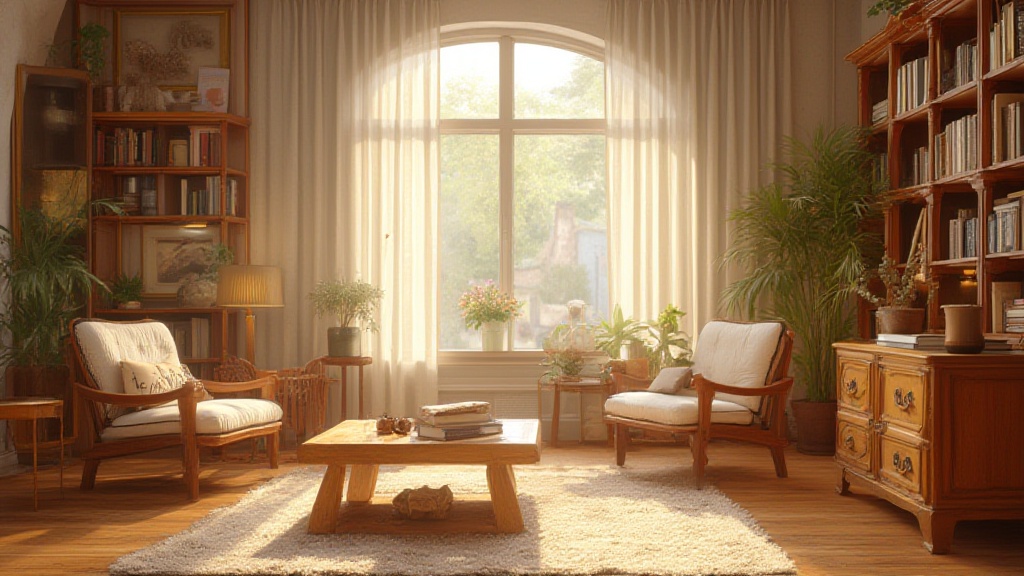Natural wood furniture brings warmth and beauty to any space. Effective wood care is essential for maintaining its charm and ensuring its durability.
Follow these essential maintenance tips to keep your furniture looking its best:
- Regular Dusting: Implement a routine with a soft cloth to gently remove dust and dirt weekly.
- Gentle Cleaning Solutions: Select ecofriendly cleaning agents specifically designed for wood care to preserve finishes.
- Humidity Control: Monitor humidity levels, keeping them stable to prevent warping and cracking.
- Protective Finishes: Apply natural oils or protective coatings for wood nourishment and surface protection.
- Scratch Repair: Utilize a wax treatment for minor blemishes, effectively restoring the finish.
Integrating these tips into your furniture upkeep routine contributes to furniture longevity and preservation for years to come.
Click here to learn more about: oak furniture
Explore Aged Weathered Finishes
Aged weathered finishes offer a captivating sense of time-worn charm and character, enhancing rustic decor and vintage aesthetics. These techniques effectively replicate the natural aging process in wood and other materials, lending authenticity to furniture and decor.
- Distressing Techniques: These methods intentionally create imperfections through sanding or scraping, resulting in a visually distinctive look.
- Layering and Color Washing: These applications add depth, allowing the underlying textures to shine through while enhancing the overall appearance.
- Artisan Craftsmanship: Both DIY enthusiasts and professionals can explore these techniques to achieve desired looks.
Aged finishes evoke a sense of history and depth, making them suitable for farmhouse styles and contributing to a warm atmosphere. Special attention should be given to using ecofriendly products to support sustainability in restoration projects.
Each technique can vary based on the preferred level of aging and finish. Experimentation is vital to discovering a personal aesthetic within the realm of aged finishes. Tools typically required include brushes, sandpaper, and rags, ensuring safety is prioritized when working with chemical finishes.
Essential Techniques For Achieving Weathered Effects
Creating a weathered appearance requires mastering several essential techniques that enhance surfaces beautifully. Distressing acts as a foundational method where surfaces are intentionally altered using techniques like scraping or sanding to imitate natural wear.
By applying layering paints or finishes, you can elevate the depth of your piece.
Multiple colors create a more complex and aged finish that resonates with rustic charm.
Application of Weathered Techniques Across Materials
These techniques are versatile and can be applied to a variety of materials.
For wood, a combination of sanding and staining enhances grain and character, significantly contributing to furniture longevity. Metal surfaces benefit from techniques such as applying a patina or faux rust effect, which provides a unique weathered look that complements rustic decor.
When working with textiles, washing and dyeing with muted colors generates a vintage appeal over time.
Best Practices for Weathered Finishes
- Always choose ecofriendly products for a sustainable approach.
- Protective finishes are important to maintain the integrity of weathered surfaces.
Weathered Effects Techniques
- Distressing can significantly enhance the aesthetic appeal of furniture and decor items.
- Layering techniques can add depth, making surfaces appear more authentic and aged.
- Eco-friendly products reduce environmental impact while achieving desired weathered effects.
- Protective finishes help preserve the look and longevity of weathered surfaces, ensuring they withstand wear over time.


